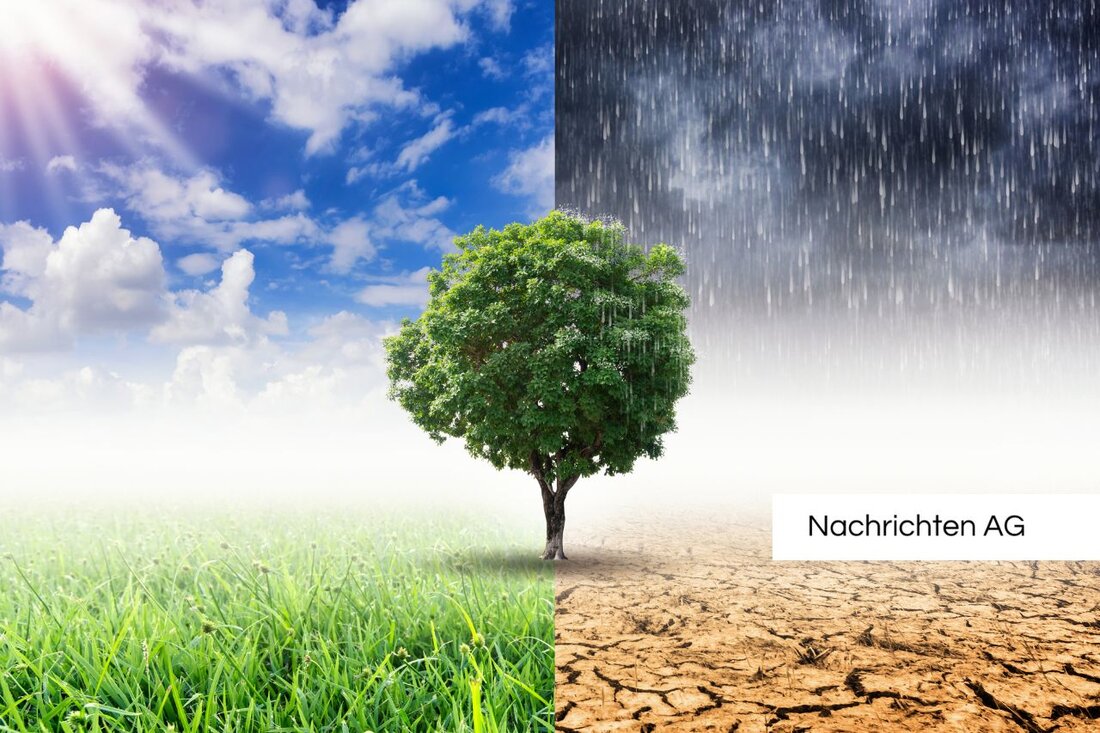Moor renaturation in Aßling: New life for threatened ecosystems!
A renaturation project for CO₂ storage begins in the Loitersdorfer Moor near Aßling with helpers counting animals and plants.

Moor renaturation in Aßling: New life for threatened ecosystems!
An important project to renaturate the Loitersdorf Moor recently began in the municipality of Aßling. The aim is to return a field of around ten hectares to an original moorland landscape. The first steps have already been taken: Kerstin Brehm and 15 committed volunteers counted and mapped the existing animals and plants. This project is supported by the Ebersberg Energy Agency as part of the “Zukunft Plus” campaign and the “CO₂-Regio” climate office.
The planned measures for the coming year are ambitious. This includes slowing the water flow of the Moosach slope canal by building dams and removing drainage ditches and drains. The aim is to create a diverse wet biotope that can not only accommodate a variety of plants and animals, but also has the potential to store CO₂. According to forecasts, the renatured site could absorb up to 1.6 tons of greenhouse gases annually. The total cost of the project is almost 240,000 euros, financed through climate certificates.
Importance of moorland renaturation
The importance of peatlands cannot be overstated. They store up to five times more carbon per square meter than forests and 500 times more than oceans. Given this, it is alarming that more than 90% of the original 1.5 million hectares of moorland in Germany are considered drained. Drained bogs emit around 50 million tons of CO₂ annually, which corresponds to almost 7% of total emissions in Germany. Renaturation is therefore essential to reduce CO₂ emissions on a large scale and promote biodiversity.
Peatlands are not only more important for carbon sequestration, but they also play a central role in regulating water balance. These unique ecosystems can store 30 times their dry weight in water, helping to prevent floods and flooding. Restoration of peatlands can be achieved using a variety of methods, including rewetting to restore anaerobic conditions and the establishment of native plants.
A look into the future
The hope is that swamp locusts can also settle in the renatured area, which will serve as an indicator of the condition of the area. If the project is successful, it could not only send a positive signal for climate protection, but also contribute to the stability of ecosystems. The restoration of peatlands is seen as key in the fight against climate change. The IPCC calls for a 45% reduction in greenhouse gas emissions by 2030 to limit global warming to 1.5 degrees Celsius. This makes initiatives like the one in Aßling particularly valuable.
Community efforts are absolutely necessary to move projects like this forward. The involvement of the population and political decision-makers is crucial to secure funding and ensure sustainable progress in climate and nature conservation. In this way, a far-reaching contribution can be made to stabilizing the climate and promoting biodiversity.

 Suche
Suche
 Mein Konto
Mein Konto